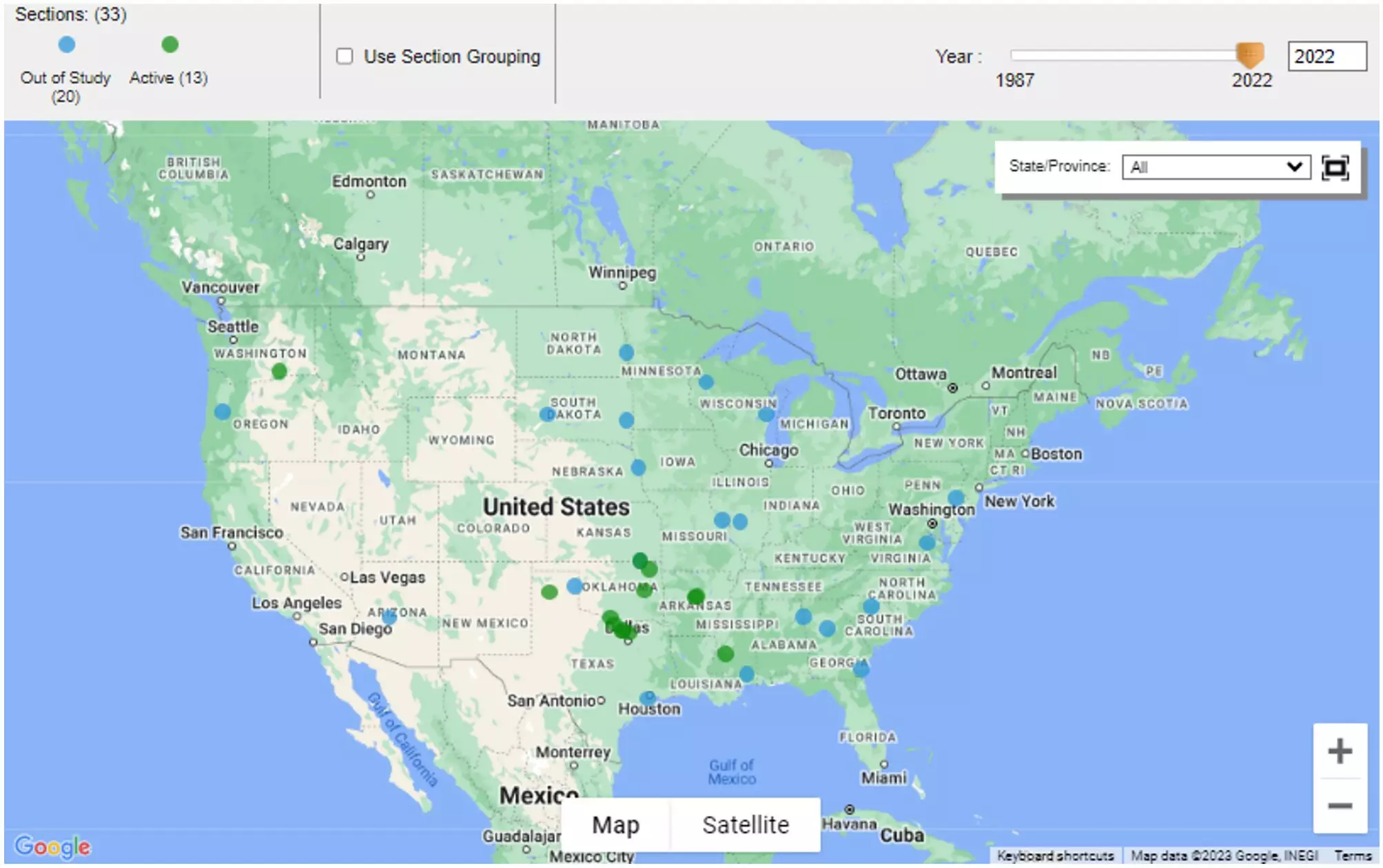Reinforced concrete stands as the backbone of contemporary construction, utilized in the formation of critical infrastructures such as bridges, residential buildings, and parking facilities. Its combination of strength and longevity makes it a popular choice; however, this material is not infallible. Over time, reinforced concrete structures can experience deterioration, primarily due to internal chemical and physical processes, leading to issues such as cracking and delamination. This deterioration phenomenon, known as spalling, often roots from the corrosion of the steel reinforcements embedded within the concrete.
The implications of spalling are significant, presenting not just aesthetic concerns but also severe hazards regarding structural integrity and public safety. Understanding when and why such deterioration occurs is essential for engineers and construction managers tasked with maintaining these vital infrastructures. A new study from researchers at the University of Sharjah seeks to address these concerns by leveraging machine learning methodologies.
The novel research published in *Scientific Reports* introduces advanced machine learning models capable of forecasting the onset of spalling and elucidating the contributing factors. The researchers undertook extensive analyses combining statistical tools and machine learning to create a sophisticated predictive model. By examining an array of data points—including the age of the structure, climatic conditions, and traffic volume—they have sought to unravel the complexities that influence concrete deterioration.
Descriptive statistics were employed as an initial step to construct a detailed profile of the dataset relevant to spalling. Key parameters highlighted included the structural age, thickness, and environmental factors such as precipitation and temperature, as well as traffic impacts quantified through the Annual Average Daily Traffic (AADT) metric. These variables jointly provide insight into the conditions under which concrete is subjected to stress, risk, and eventual failure.
Spalling poses severe risks, as it can engender dangerous situations when left unaddressed. Corrosion of the internal steel reinforcements leads to considerable volume expansion; this pressure distorts and cracks the surrounding concrete, potentially leading to catastrophic structural failures. Therefore, timely assessment and intervention become paramount in any maintenance strategy aimed at preserving the integrity of these essential public structures.
Dr. Ghazi Al-Khateeb, the lead researcher and a professor specializing in asphalt pavements at Sharjah University, emphasizes that the study specifically focuses on Continuously Reinforced Concrete Pavement (CRCP). CRCP is increasingly favored in modern infrastructure due to its design, which alleviates issues related to transverse joints, thus reducing maintenance demands and enhancing overall durability.
The researchers adhered to a rigorous methodology consisting of various stages to guarantee the robustness of their findings. Among the key factors identified influencing spalling were not only structural age and thickness but also environmental conditions like humidity and temperature variations. Their regression analysis aimed to clarify the interactions among these parameters, ultimately revealing notable relationships that are crucial for predictive accuracy.
The study primarily utilized Gaussian Process Regression and ensemble tree models. These methodologies were chosen for their capacity to discern complex associations within the dataset, allowing for accurate predictions of when spalling may occur. However, it is important to note that model performance can be contingent on the dataset’s specific architecture and traits—highlighting the necessity of proper model selection for achieving reliable results.
The study leads to several practical implications for engineers involved in the design and maintenance of concrete structures. Prof. Al-Khateeb flags the importance of integrating critical factors such as age, traffic load, and pavement thickness into maintenance strategies. Recognizing these variables enables practitioners to extend the life cycle of CRCP, thereby improving its resilience and lowering the risks of spalling that could threaten public safety.
Ultimately, the work from University of Sharjah not only advances theoretical knowledge within the field of material engineering but also serves as a practical guide to inform and enhance decision-making processes in infrastructure management. Future developments stemming from this research could foster improved methodologies in predicting spalling, fundamentally reshaping how engineers address wear and tear in reinforced concrete structures.
Through these insights and innovations, the construction industry can take proactive stances toward maintenance and repair, ensuring that reinforced concrete structures remain safe, reliable, and durable for generations to come. As the research progresses, the potential for further advancements in machine learning applications continues to loom large, promising a future where maintaining infrastructure becomes increasingly informed and precise.



Leave a Reply